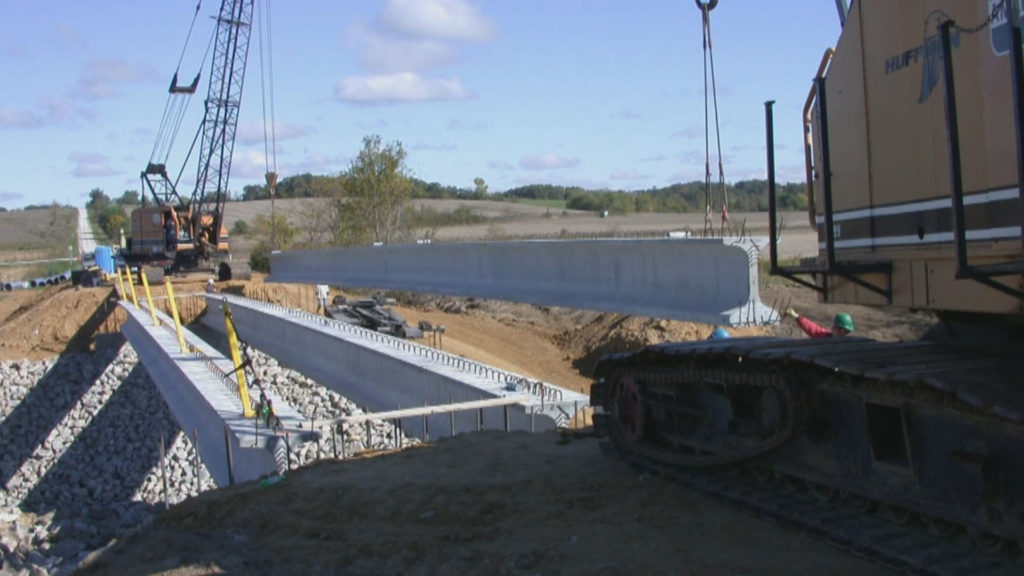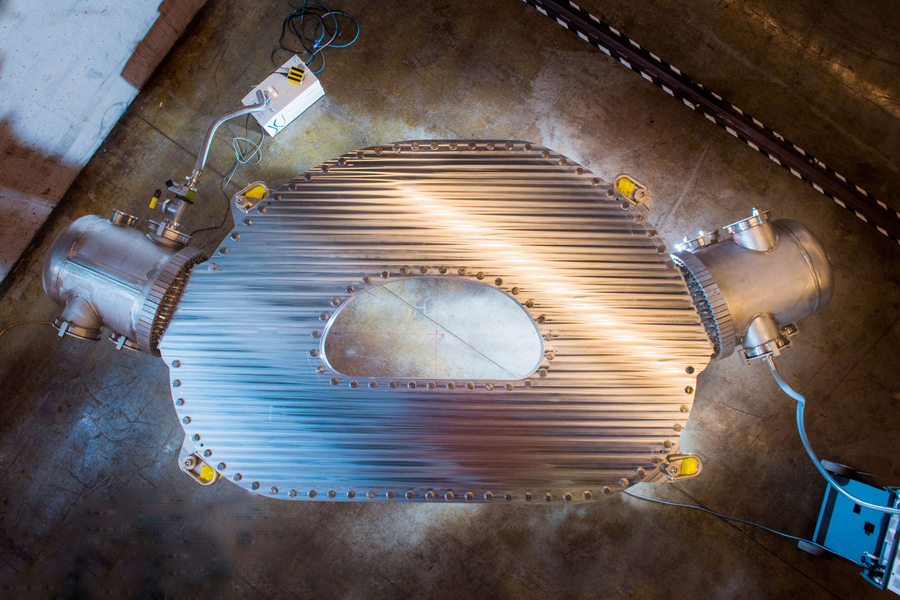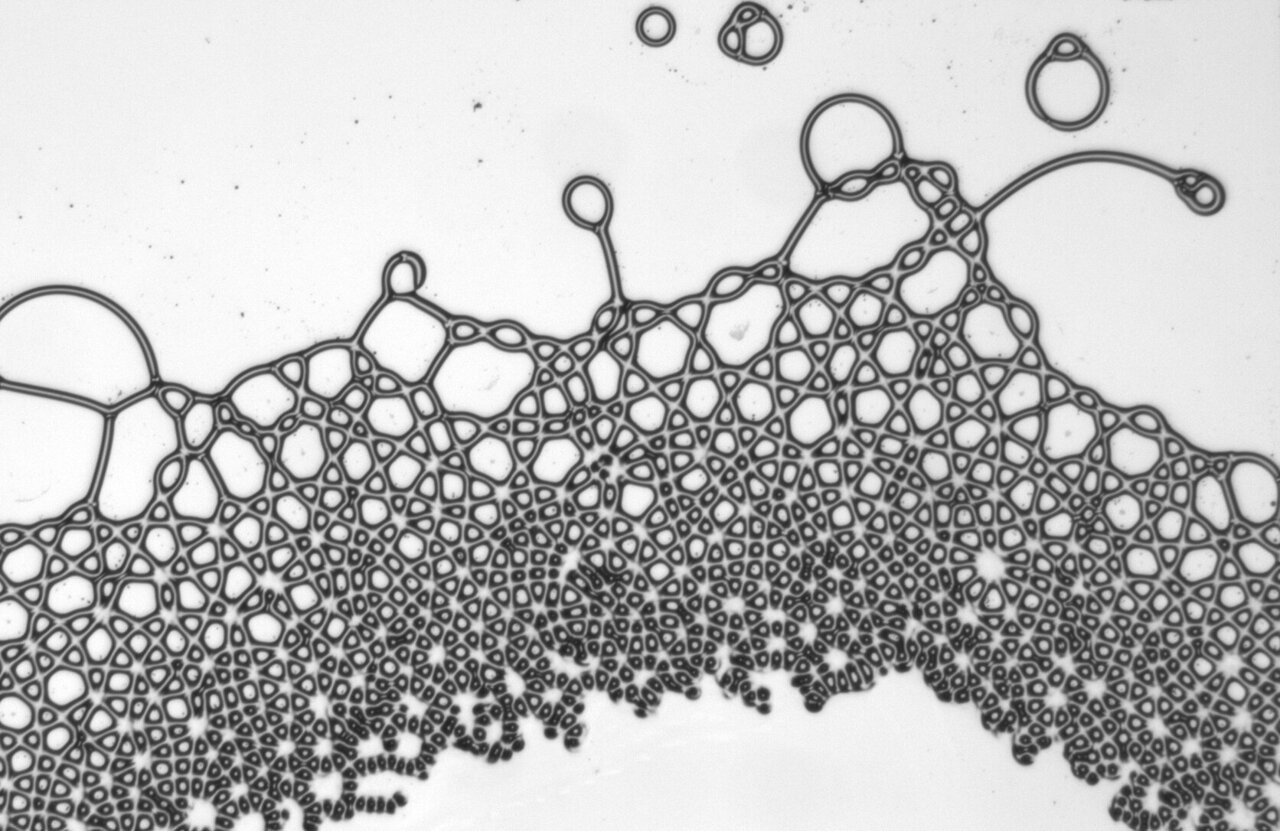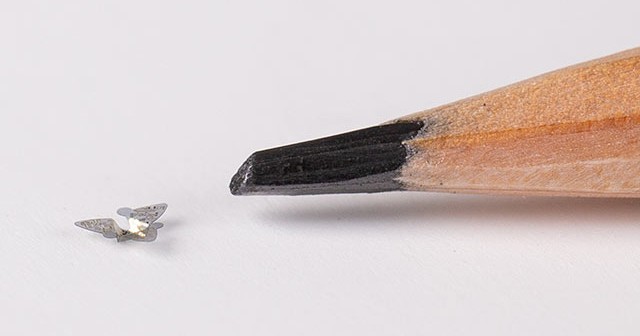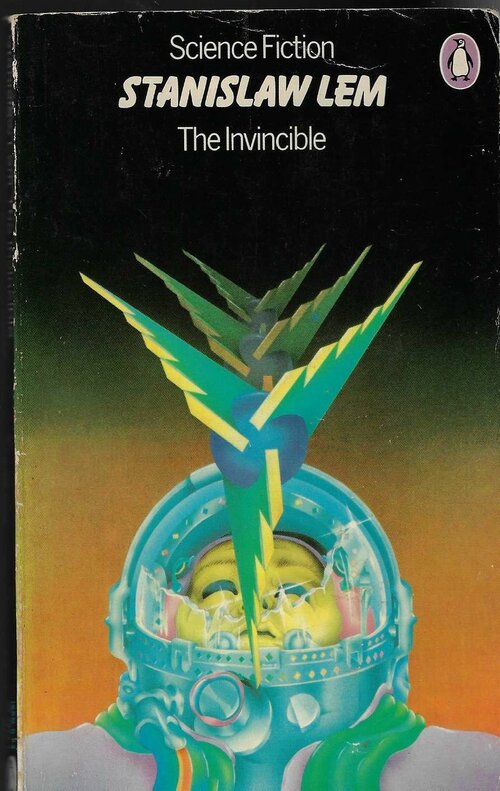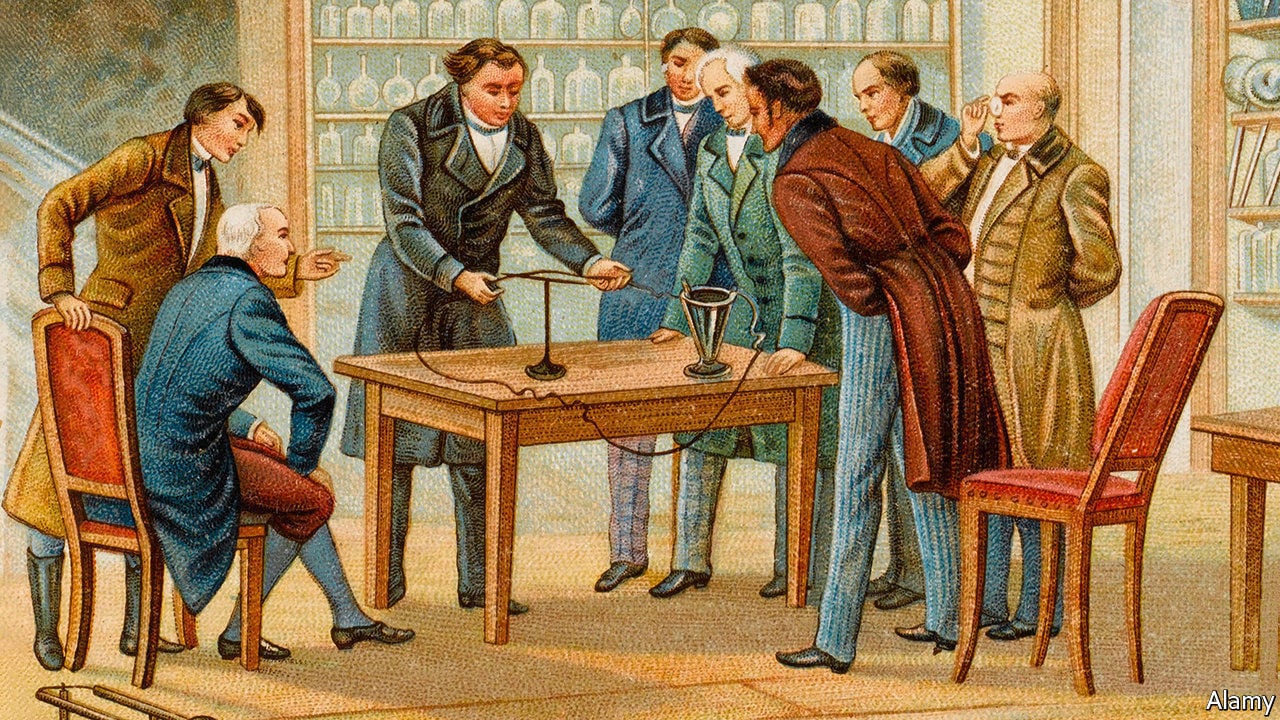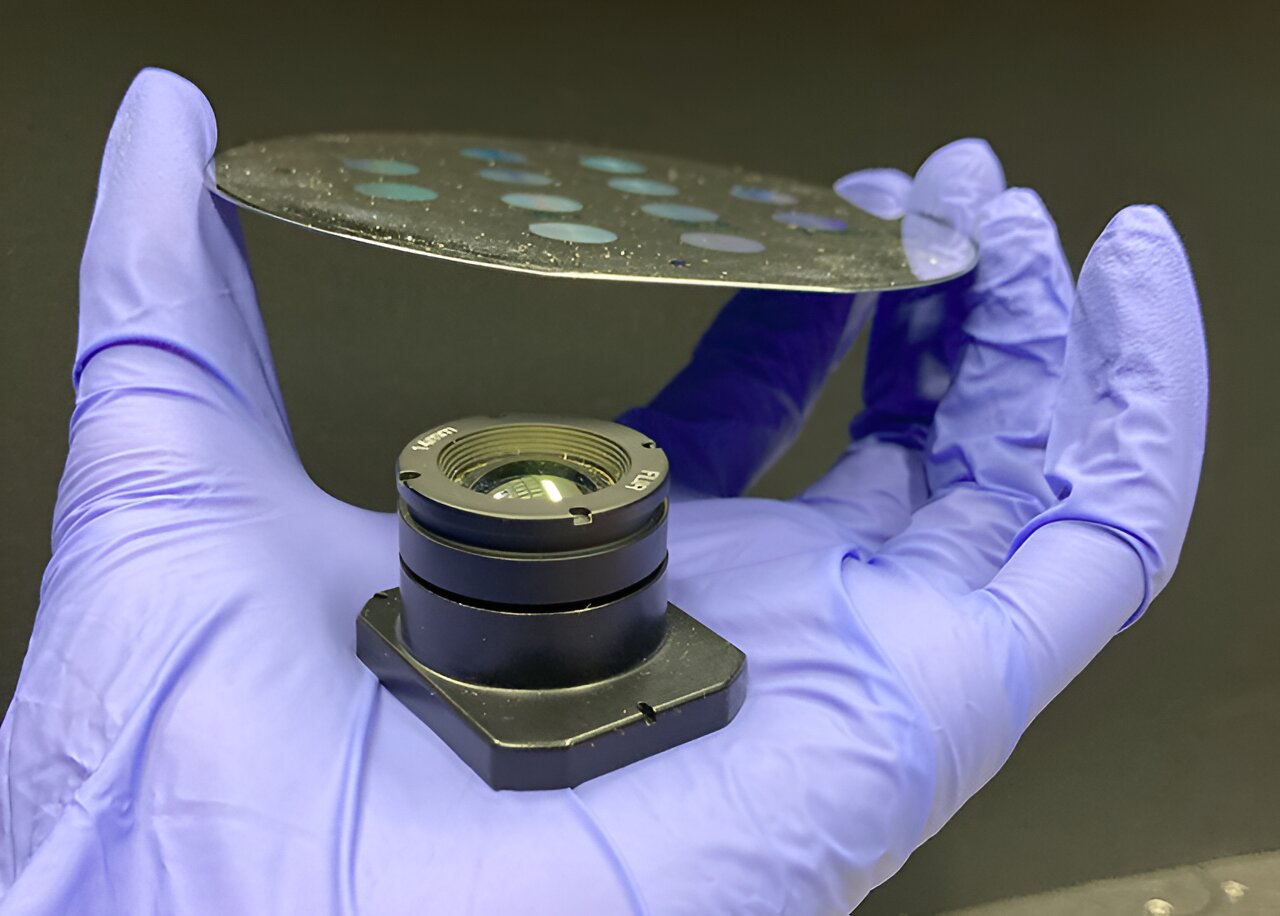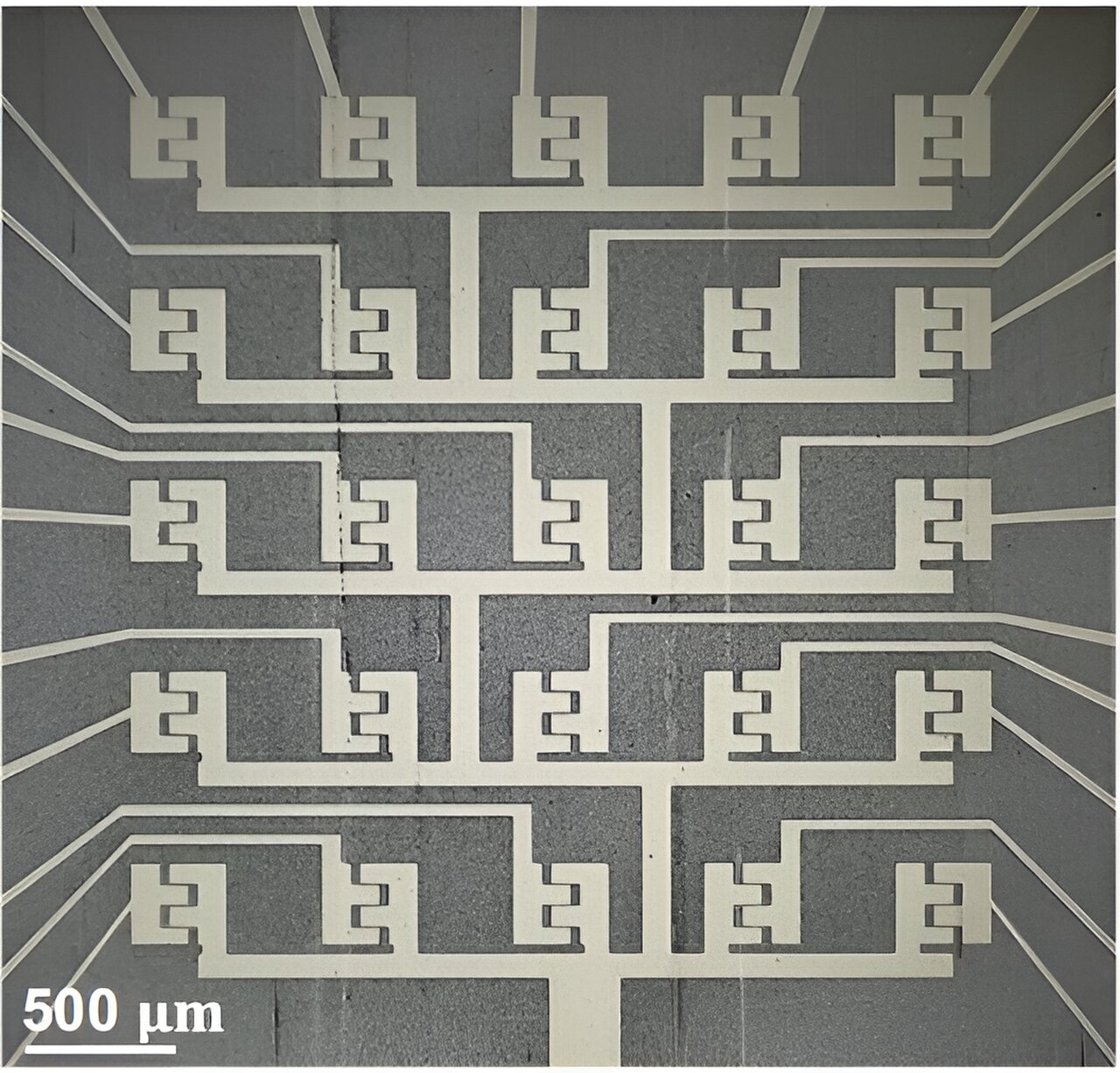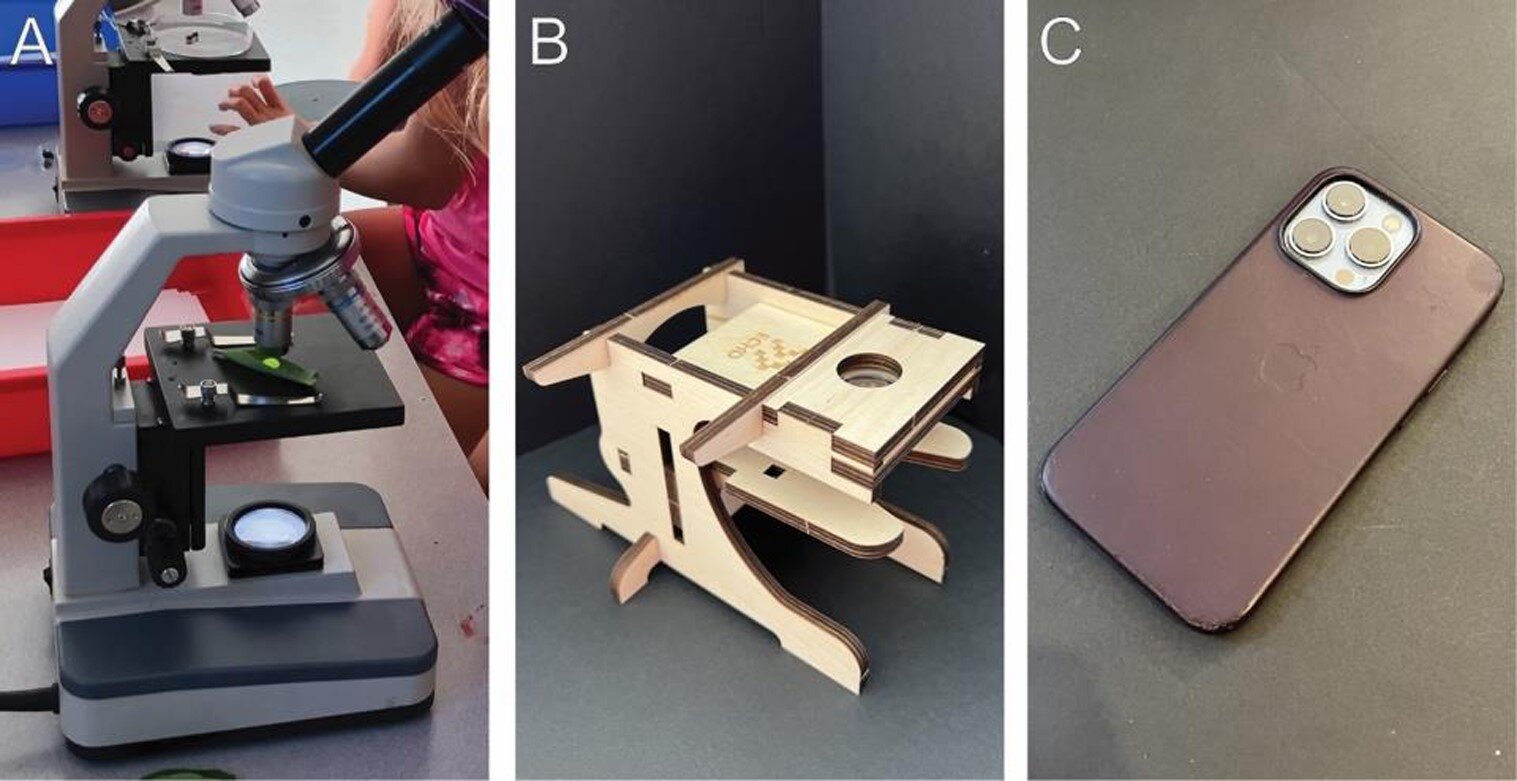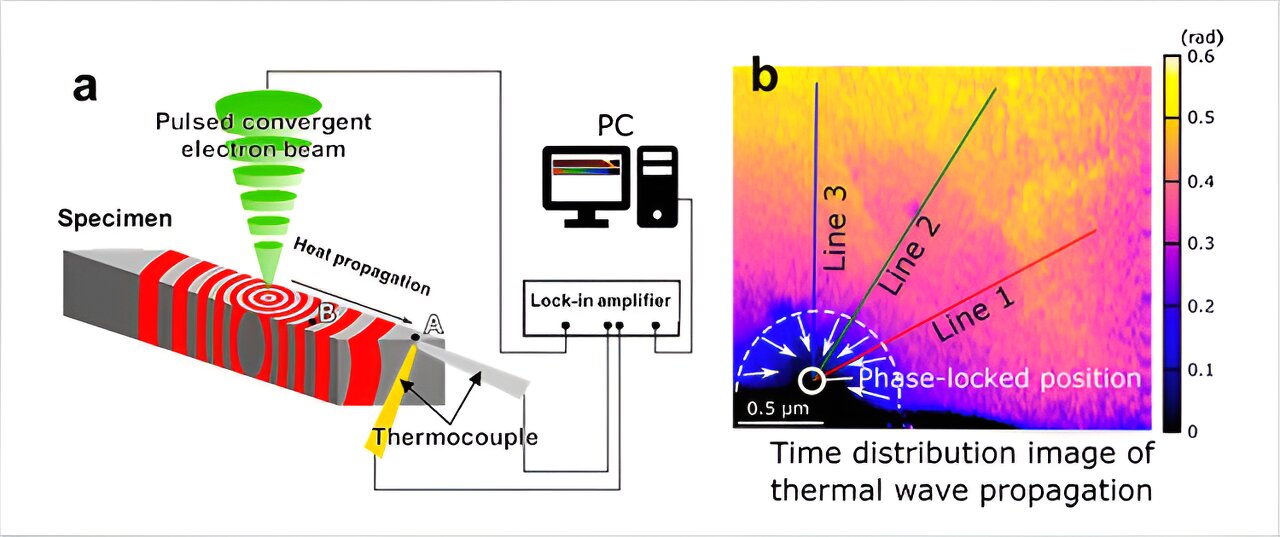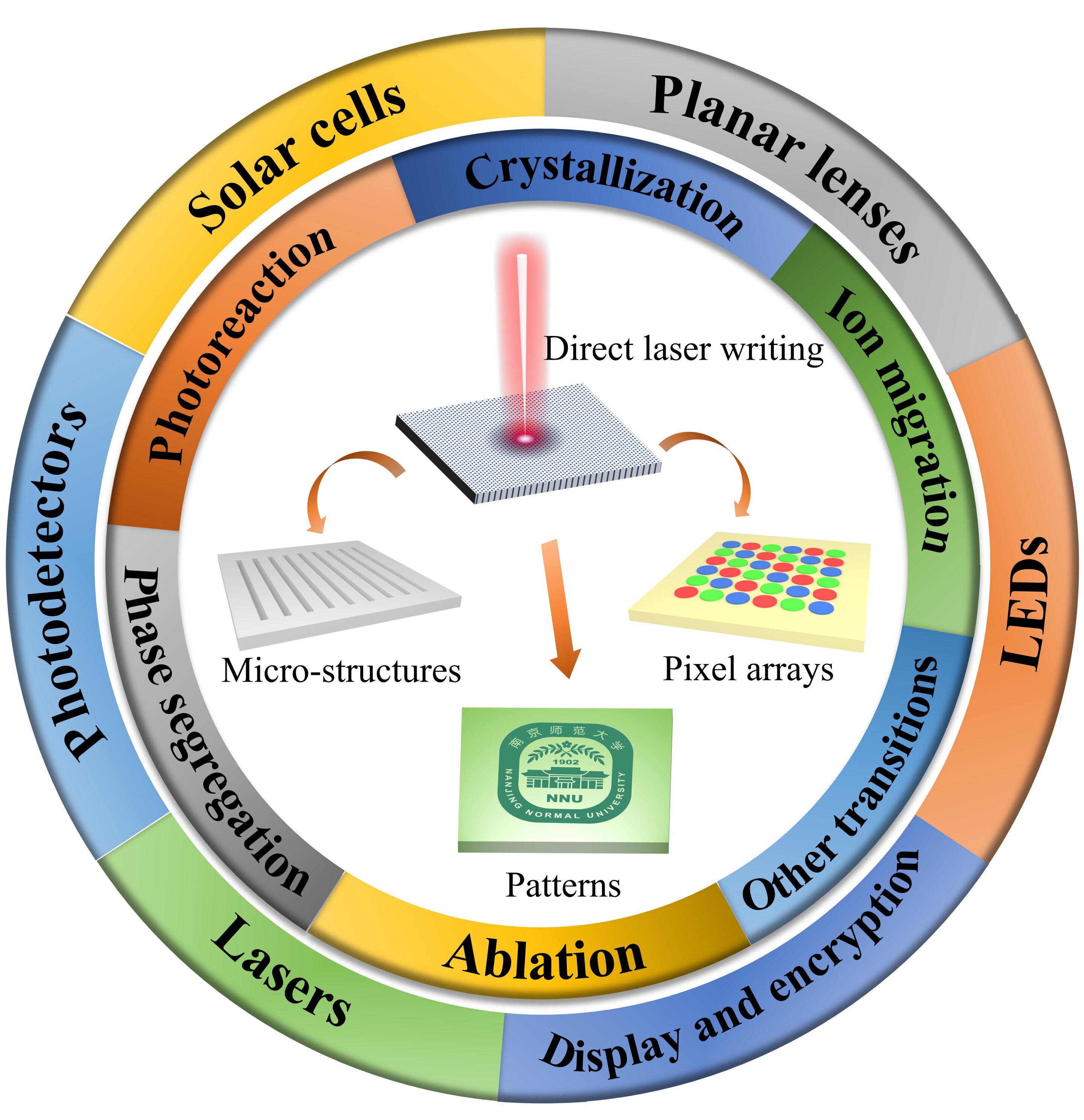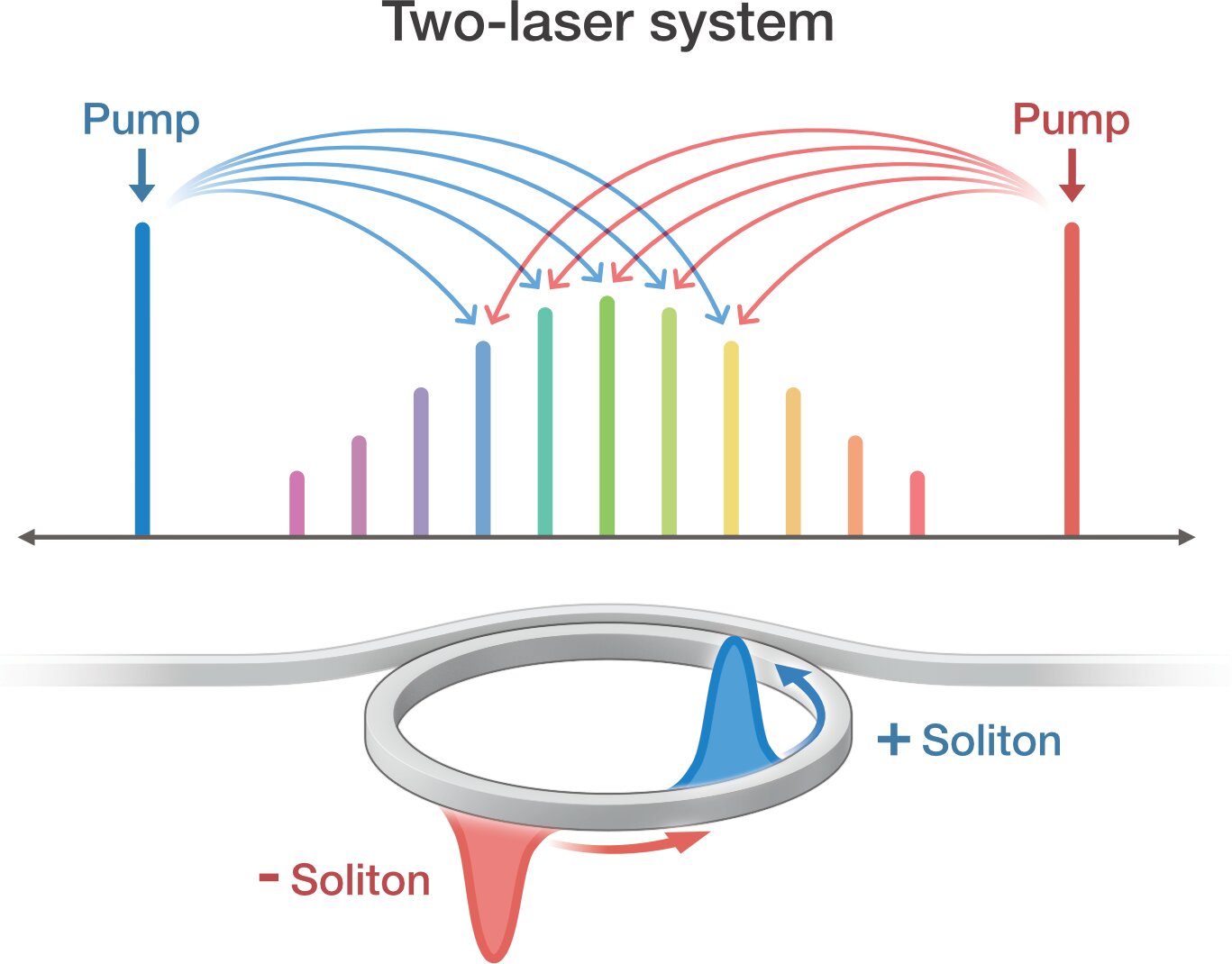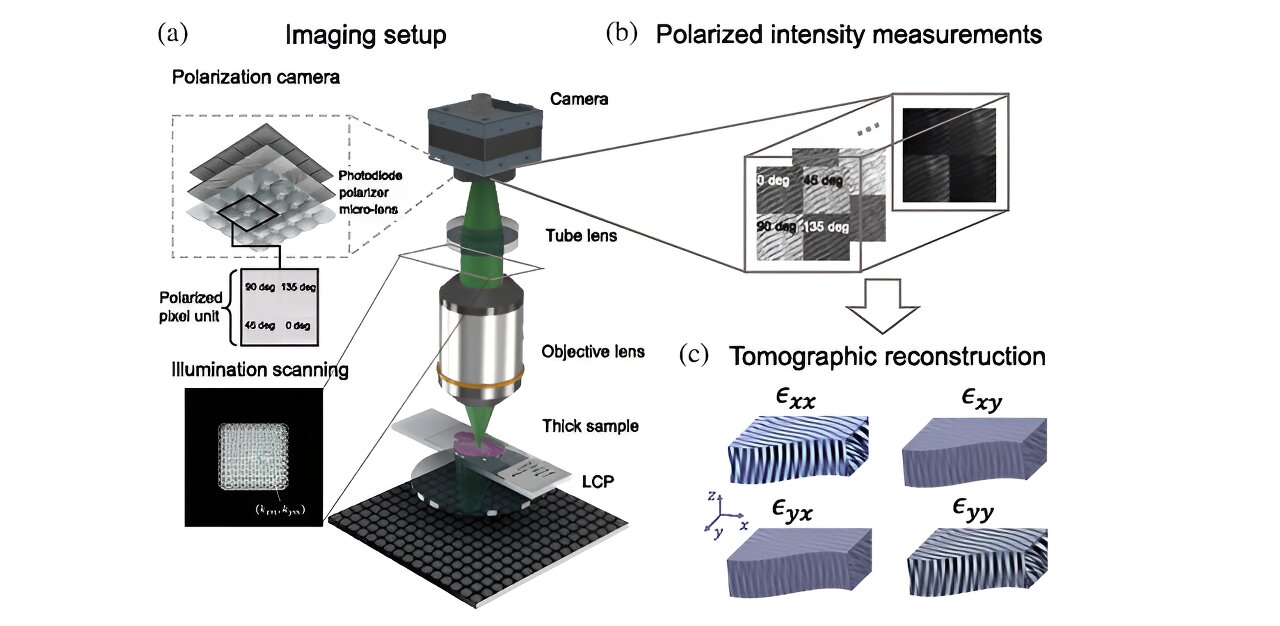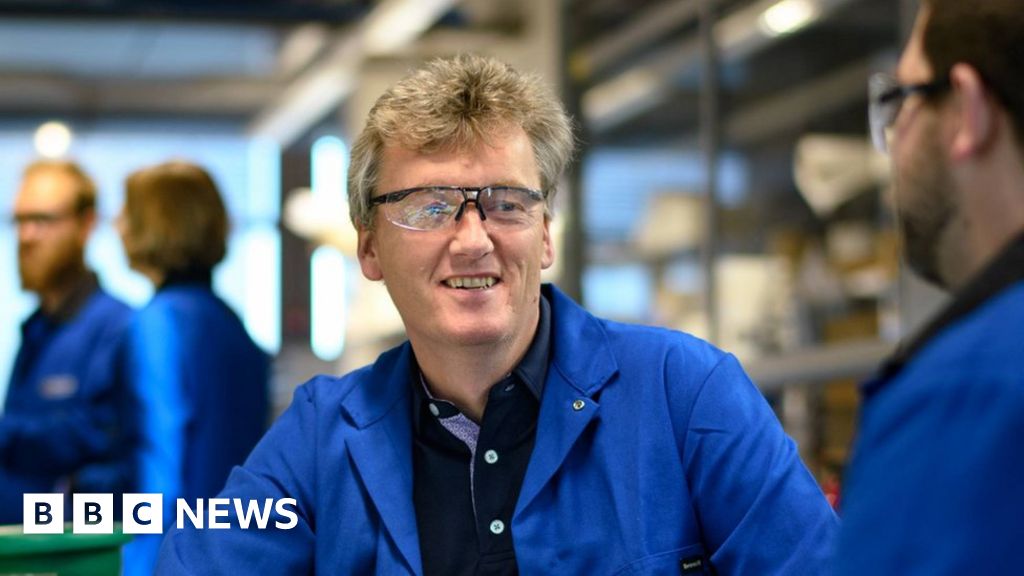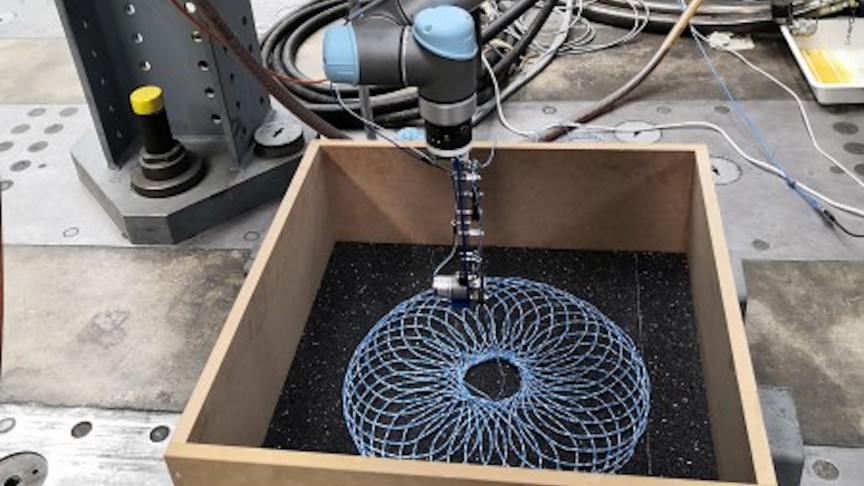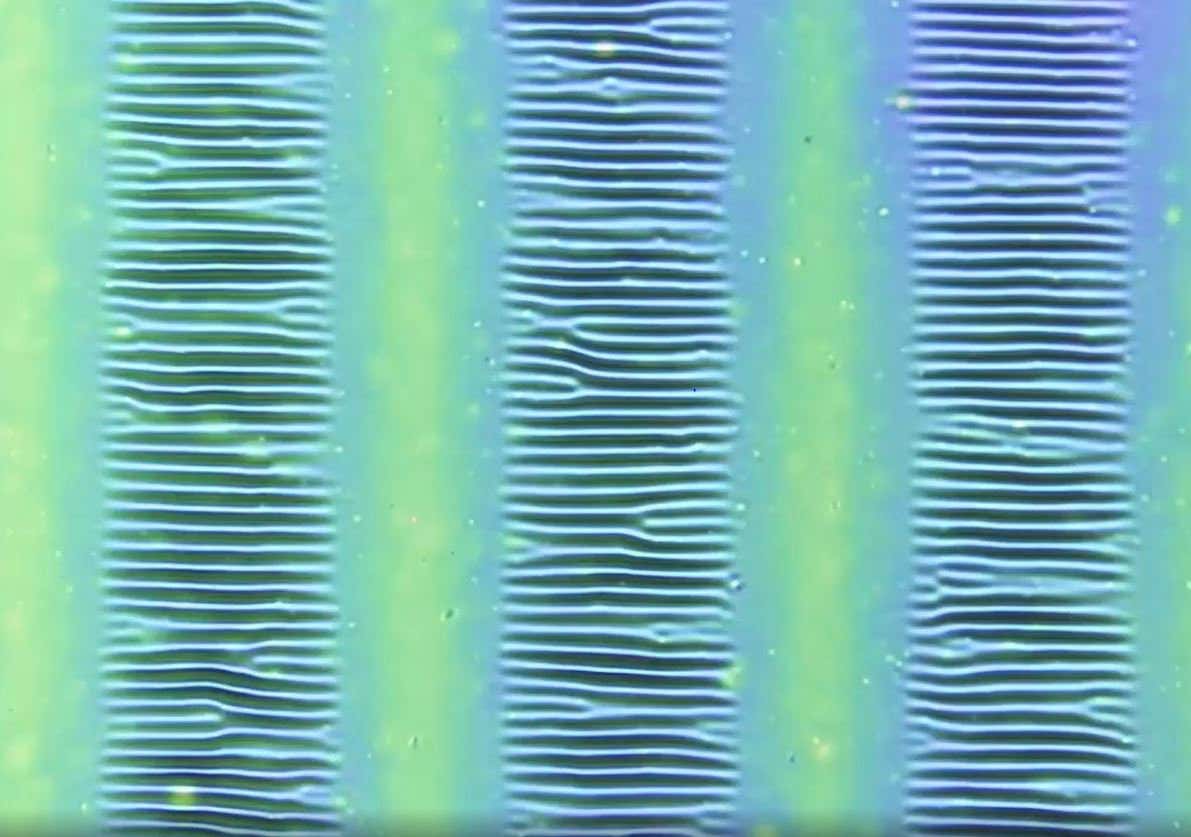Funny thing is, this is just the v0.1 version. Something that some people threw together to see if it works and oh boy does it work. Remember, modern ceramic inserts only work once (or, at best, twice) anyway.How does it behave against repeated hits? This kind of material can see a drastic decrease in their ballistic property after the first impact.
Remember, everyone thought Battletech armor was impossible, once upon a time, and it looks like it isn't impossible now with this.
Remember, Battletech armor is fluffed to be a sandwich of perfect-crystal steel, Cubic Boron Nitride ceramic, what sounds suspiciously like titanium foam, and a backplate with what sounds like a CNT weave woven throughout the composite. There is a metal foam that is great against neutrons, surprisingly enough (read up on High-Z Steel Metal Foams, basically balls of tungsten in the air pockets of a steel foam).


